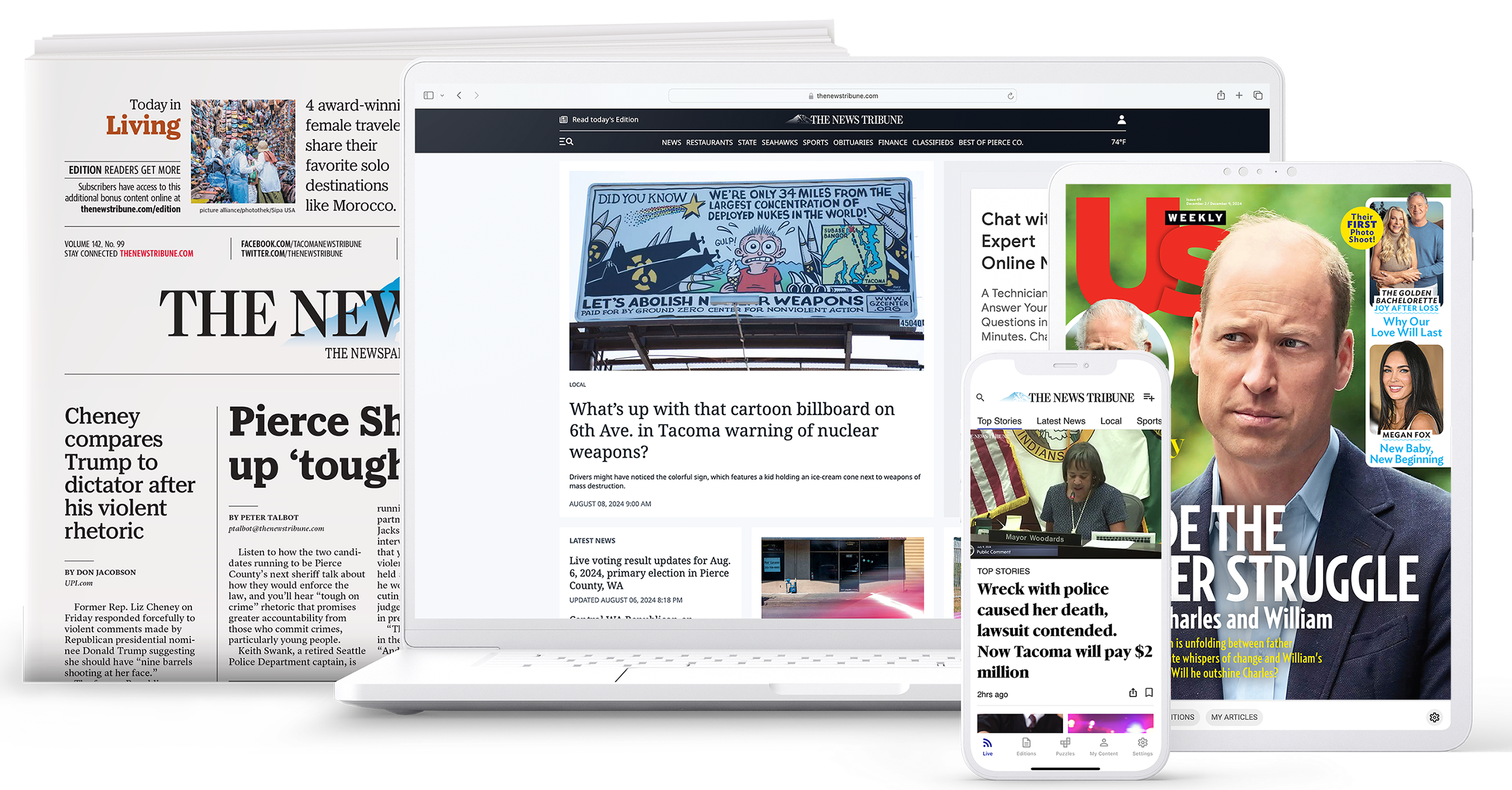Exploring the Latest Trends in stnews.live Stories
Wiki Article
The Effect of Social Media on the Method We Consume News Online
Social media has basically transformed news intake. It provides prompt accessibility to details, frequently eclipsing conventional media electrical outlets. This rapid circulation comes with obstacles. Users face the danger of running into misinformation and ending up being caught in echo chambers. The algorithms driving tailored web content can obscure diverse point of views. As these dynamics develop, understanding their implications becomes important for educated engagement in public discussion. What strategies might help navigate this complex landscape?The Development of News Usage in the Digital Age
As technology progressed, the way people eaten news transformed considerably in the digital age (stnews.live). Conventional newspapers and relayed media started to decrease as the internet became a primary source of details. Online systems offered instantaneous accessibility to newspaper article, video clips, and podcasts, permitting customers to remain notified at any moment. The convenience of smart phones additionally increased this change, enabling users to receive updates on the moveIn addition, the surge of news aggregators and websites helped with the consumption of varied perspectives, equipping users to tailor their news intake based upon personal rate of interests. This advancement additionally prompted wire service to adjust their methods, concentrating on digital material and interesting readers with multimedia formats. Therefore, the standard obstacles of time and space in news delivery reduced, bring about a much more prompt and personalized news experience for audiences worldwide.
The Duty of Social Media Site Platforms in News Distribution
Social media site systems have changed news circulation by giving immediate access to information. Their algorithm-driven material curation usually prioritizes interaction over precision, resulting in substantial reliability difficulties (stnews.live). As individuals browse this landscape, the implications for news consumption and public discourse become increasingly complexInstant News Gain Access To
Conventional news electrical outlets have long been the primary source of information, the increase of social media platforms has significantly transformed exactly how news is accessed and consumed. Instantaneous news accessibility has become a hallmark of the electronic age, allowing users to obtain updates in genuine time. Systems such as Twitter, Facebook, and Instagram enable news to spread swiftly, commonly exceeding conventional media in rate and reach. Users can share stories, talk about events, and engage with reporters, developing a vibrant interaction between the target market and news material. This immediacy fosters a culture of urgency, motivating individuals to look for info rapidly. The assumption for prompt news has improved journalistic practices, compelling news companies to adapt their approaches to meet the needs of a fast-paced digital setting.Algorithm-Driven Content
While individuals proactively engage with material on social media, the formulas that regulate these systems play an essential duty in establishing which news tales gain exposure. These formulas assess customer behavior, preferences, and interaction metrics to curate personalized news feeds. Consequently, specific tales might be enhanced while others stay odd, often prioritizing sensational or trending topics over substantive reporting. This careful direct exposure shapes users' understandings of current occasions and affects public discourse. The reliance on algorithm-driven content can produce resemble chambers, where users are generally exposed to viewpoints that line up with their very own beliefs. The characteristics of news distribution on social media platforms substantially influence exactly how individuals eat and analyze information in the digital age.Reliability Obstacles
As users progressively transform to social networks for news, the reliability of information encountered on these systems becomes a pressing problem. The decentralized nature of social media allows anyone to release material, frequently obscuring the lines between dependable journalism and misinformation. Formulas focus on engagement over accuracy, resulting in the extensive dissemination of sensational or misleading tales. This atmosphere postures significant difficulties for customers attempting to determine reliable sources. Social media platforms, while seeking to combat misinformation with fact-checking and web content small amounts, run the gauntlet for incongruities and biases in their methods. Inevitably, the responsibility lies with customers to critically evaluate the news they take in, as the rapid spread of information frequently outmatches verification initiatives by systems.The Surge of Resident Journalism and User-Generated Web Content
The rise of citizen journalism has equipped daily people to share news and point of views, frequently offering understandings that standard media may ignore. This shift additionally presents significant challenges, particularly the spread of false information that can arise from unverified content. As user-generated content comes to be extra widespread, the balance between authentic voices and precision in coverage remains an important concern.Encouraging Day-to-day Voices

Challenges of False information
While the rise of resident journalism has actually opened opportunities for varied voices in the media landscape, it has actually also introduced substantial difficulties related to misinformation. The convenience of sharing information with social media systems permits people to disseminate news rapidly, yet this quick spread typically comes with the price of precision. User-generated content regularly lacks the rigorous fact-checking and editorial oversight that standard journalism supplies. Sensationalized or false narratives can gain traction, misdirecting target markets and forming public assumption. The mixing of viewpoint and truth within social media complicates the distinction between reputable information and false information. As an outcome, customers should navigate a progressively complex media environment, calling for essential thinking skills to determine reputable news resources among the noise
Misinformation and Its Effects for Public Discourse
As social media systems increasingly dominate the landscape of details circulation, the spreading of false information positions considerable challenges for public discussion. False information, usually made to misdirect or prompt emotional responses, can misshape understandings of truth and weaken count on credible sources. This sensation leads to polarized perspectives, as people gravitate towards resemble chambers that reinforce their beliefs, even more lodging departments within society.The effects for public discussion are extensive. When residents depend on incorrect details, meaningful dialogue reduces, and the democratic procedure endures. Additionally, false information can provoke anxiety and confusion, affecting public health and wellness, safety, and political security. Therefore, promoting media proficiency comes to be essential, empowering people to seriously examine info and discern fact from fiction. Dealing with the challenges presented by false information is critical for maintaining the honesty of public discussion and making certain a well-informed populace capable of participating in useful conversations.
The Influence of Algorithms on News Visibility
Provided the main function of algorithms in identifying content presence, their impact on news intake is extensive. These algorithms, made use of by social media sites systems, prioritize specific types of web content based on user involvement and choices. As a result, news write-ups that line up with popular fads or target market rate of interests are much more most likely to be shown prominently, while less sensational stories may be forgotten. This creates a setting where individuals are subjected mainly to details that enhances their point of views, potentially bring about resemble chambers.Furthermore, the consistent advancement of algorithms means that news companies should adjust their methods to line up with these transforming specifications, usually prioritizing clickbait or psychologically charged headlines. The integrity of news coverage can be jeopardized, as critical stories might not obtain the presence they are entitled to. The algorithmic shaping of news exposure as a result plays a crucial role in affecting public perception and understanding of present occasions.
The Change Toward Visual Narration in News Media
Significantly, news media is welcoming visual storytelling as a powerful tool to engage target markets. This strategy leverages photos, video clips, infographics, and interactive elements to communicate details better than conventional text-based styles. As interest covers reduce, visuals provide a quick, impactful method to interact complicated tales and get hold of visitors' passion.Systems like Instagram and TikTok have more check increased this fad, compelling wire service to adjust their web content strategies to fit these visually-driven atmospheres. By integrating compelling visuals, news outlets can enhance emotional links and foster better understanding of topical problems.
Visual narration allows for even more varied narratives, showcasing numerous viewpoints via vibrant presentations. As target why not try here markets progressively take in news with mobile phones, the change toward visuals not just deals with customer preferences yet additionally assists to break down obstacles to info access. Inevitably, this evolution mirrors a wider change in how news is generated and consumed in the electronic age.
Future Patterns: Browsing the Altering Landscape of News Intake
While the digital landscape remains to progress, news consumption is poised for substantial change driven by emerging modern technologies and altering target market habits. As expert system and artificial intelligence advancement, customized news feeds will end up being more widespread, allowing individuals to obtain content customized to their interests. This personalization could cause greater interaction yet also increase problems regarding resemble chambers and misinformation.The increase of voice-activated devices and smart audio speakers will affect just how news is delivered, moving the emphasis from aesthetic to acoustic layouts. This pattern may motivate news organizations to adopt more succinct and engaging audio material.

Often Asked Questions
How Do Social Media Interactions Affect News Credibility?
Social media site communications can considerably influence assumptions of news integrity. Interaction metrics, such as sort and shares, often form audience depend on, with popular blog posts getting viewed authenticity, no matter the accuracy or integrity of the info presented.What Duty Do Influencers Play in Shaping News Narratives?
Influencers considerably shape news stories by leveraging their platforms to intensify specific stories, usually tailoring content to their target market. This can lead to biased viewpoints, affecting public perception and focusing on sensationalism over factual reporting.Just How Can Users Identify Reliable News Sources on Social Media Site?
Users can determine dependable news resources on social media sites by examining the resource's reliability, validating truths through several outlets, examining the expertise of the material, and identifying possible prejudices in reporting to guarantee accurate info.have a peek at this website
What Influence Does Social Network Have on Typical Journalism Jobs?
Social media significantly affects conventional journalism jobs by changing profits versions, minimizing need for print media, and promoting competition from citizen journalists. As a result, several professionals face job insecurity and need to adjust to quickly transforming media landscapes.Exactly How Do Various Demographics Consume News on Social Network?
Various demographics show different preferences for news intake on social media sites. More youthful target markets prefer platforms like TikTok and Instagram for quick updates, while older individuals have a tendency to like Twitter and facebook for a lot more thorough conversations and posts.Report this wiki page